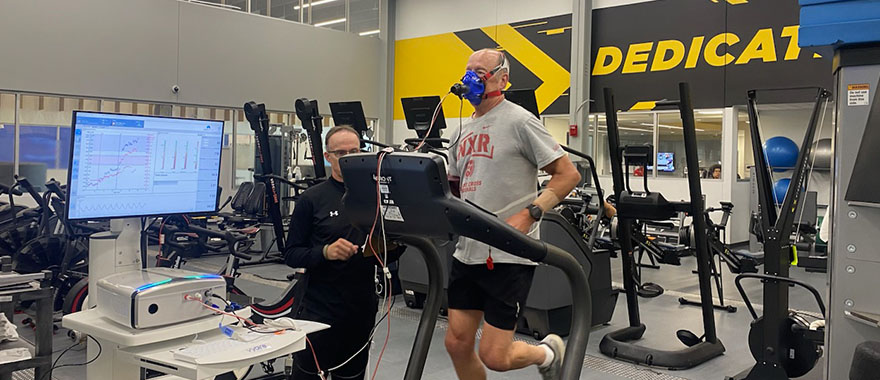Running safely outdoors in the heat

Posted: April 3, 2023
Every year runners who’ve been cooped up on the treadmill all winter welcome sunshine and warmer temperatures with open arms.
But while the summer means new avenues for training, it also means there are additional safety measures to consider.
Summertime heat and humidity can be dangerous. Keep these tips in mind before lacing up and heading out the door.
When to Run
The best temperatures for running are between 40 and 60 degrees.
The hottest time of day is midday. Consider running in the early morning to avoid the height of daytime heat and humidity.
Over time, your body will acclimate. Research shows this takes roughly 10 to 14 days, sometimes longer. Start slow and gradually increase the duration and intensity of your outdoor workouts.
Beat the Heat
If you do choose to run in the heat, make some adjustments. Choose light-colored, loose-fitting and breathable clothes to help combat the warmer temperatures.
Don’t push yourself. Ditch your predetermined pace and choose a speed based on how you feel. An increase in temperature affects your running economy – or the energy you expend while running at a given speed. You’ll need to work harder to go at your regular pace, which can be dangerous in the heat.
Hydration is key with any workout and it’s even more important when exercising in warmer temperatures. Drink 16 ounces of fluid two hours before your run and hydrate during and after. Even mild dehydration can significantly impair performance.
If your run is going to last over an hour, have a sports drink during your workout to replace the electrolytes you lose through sweat.
Be Prepared
Be aware of possible symptoms of heatstroke or heat exhaustion, including:- Cramps
- Nausea
- Dizziness
- Difficulty walking or standing
- Feeling faint
- Garbled speech
- No sweat or too much sweat
- Red or ashen skin
- Goose bumps
Get out of the heat as soon as you can if you have these symptoms. Drink water or a sports drink in sips. Call 911 in an emergency.




